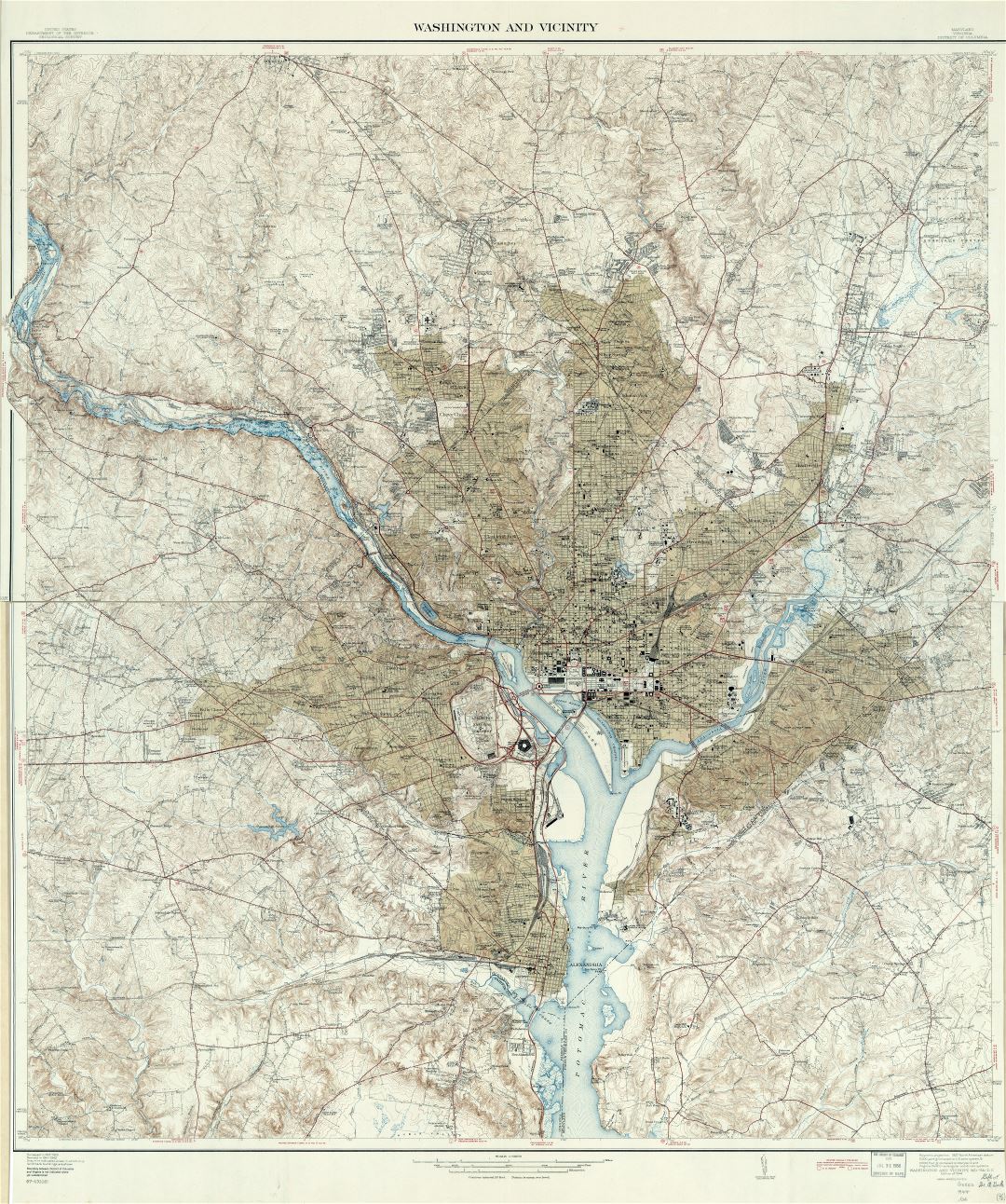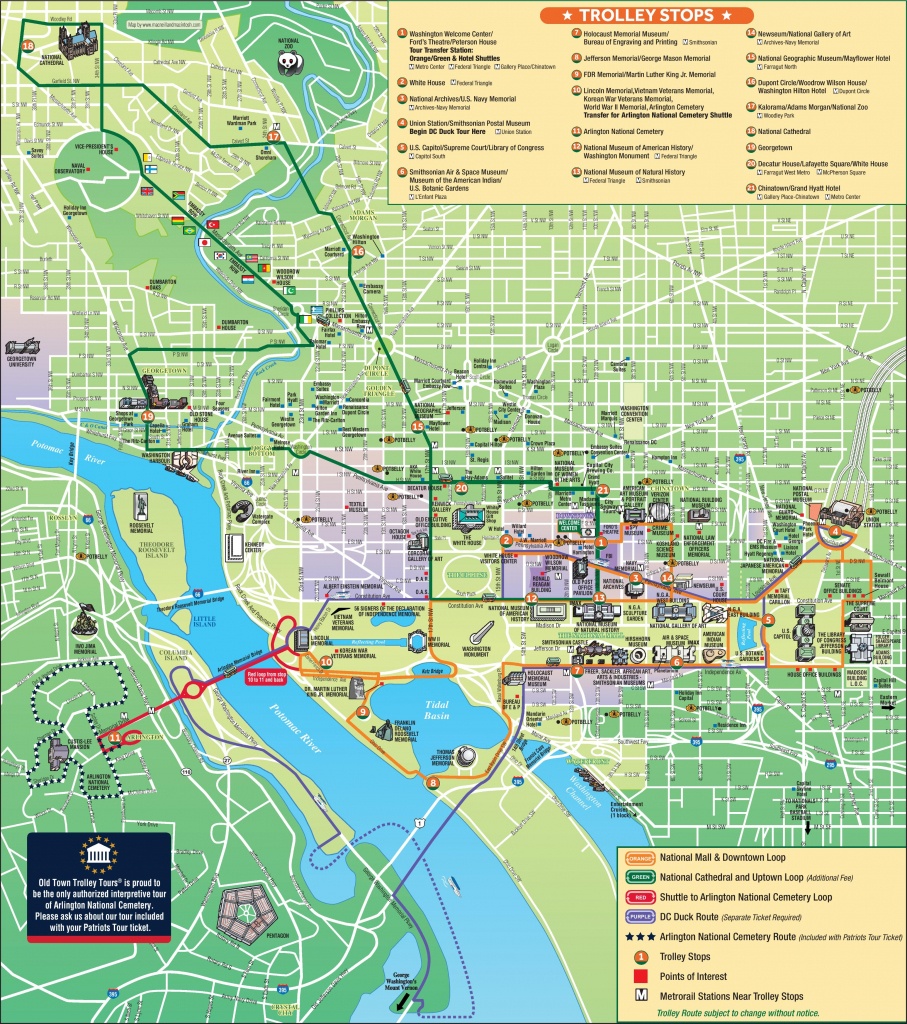

Located north of the National Mall, the Penn Quarter area has a flourishing group of art galleries and restaurants, as well as some of the city's most interesting museums (like the National Portrait Gallery and the International Spy Museum). Keep in mind, the Mall sprawls over both the Northwest and Southwest quadrants.Īccessible via all Metro lines at Archives-Navy Memorial-Penn Quarter, Metro Center, Judiciary Square and Gallery Place-Chinatown stations. Numerous noteworthy (and mostly free) museums line the Mall's sides, including the National Gallery of Art and the recently opened Smithsonian National Museum of African American History & Culture. In the middle, the Washington Monument marks the highest peak of the city. Capitol on one end and the Lincoln Memorial on the other. This quadrant is also home to a bunch of the top nightlife and entertainment options and a burgeoning restaurant scene.Īccessible via all Metro lines at Federal Center SW, L'Enfant Plaza, Smithsonian, Federal Triangle, Archives-Navy Memorial-Penn Quarter and Judiciary Square stations.Ī beautiful green space that stretches for nearly 2 miles and serves as a central point of the city, the iconic National Mall is anchored by the U.S. Retrieved April 9, 2020.Northwest is where you'll find most government office buildings, as well as the majority of the city's postcard-worthy attractions. United States Census Bureau, Population Division. ^ a b c d "Annual Estimates of the Resident Population for Counties in the United States: Apto July 1, 2019".A teal population number over a black population number show the total population versus the District population. An area that extends into nearby states is displayed in teal. ^ An area in a nearby state and its population are displayed in green.


: CS1 maint: multiple names: authors list ( link) ^ a b c d e Revised Delineations of Metropolitan Statistical Areas, Micropolitan Statistical Areas, and Combined Statistical Areas, and Guidance on Uses of the Delineations of These Areas (March 6, 2020).Demographics of the District of Columbia.Washington-Arlington-Alexandria, DC-VA-MD-WV MD Washington-Arlington-Alexandria, DC-VA-MD-WV MSA Washington-Baltimore-Arlington, DC-MD-VA-WV-PA CSA The two United States statistical areas of the District of Columbia The Metropolitan Division population according to 2019 US Census Bureau population estimates.The Metropolitan Division name, if applicable.The county population according to 2019 US Census Bureau population estimates.The CBSA population according to 2019 US Census Bureau population estimates.The core based statistical area (CBSA) as designated by the OMB.

Washington dc and vicinity map plus#
The OMB defines a core-based statistical area (commonly referred to as a CBSA) as "a statistical geographic entity consisting of the county or counties (or county-equivalents) associated with at least one core of at least 10,000 population, plus adjacent counties having a high degree of social and economic integration with the core as measured through commuting ties with the counties containing the core." The OMB further divides core-based statistical areas into metropolitan statistical areas (MSAs) that have "a population of at least 50,000" and micropolitan statistical areas (μSAs) that have "a population of at least 10,000, but less than 50,000." These statistical areas are important geographic delineations of population clusters used by the OMB, the United States Census Bureau, planning organizations, and federal, state, and local government entities. The Office of Management and Budget (OMB) has designated more than 1,000 statistical areas for the United States and Puerto Rico.


 0 kommentar(er)
0 kommentar(er)
